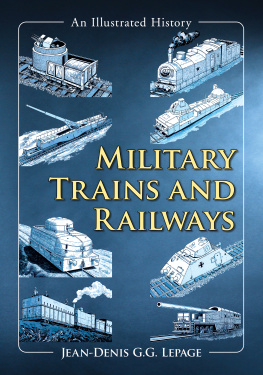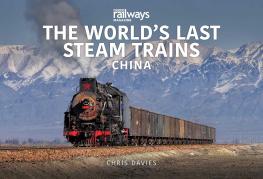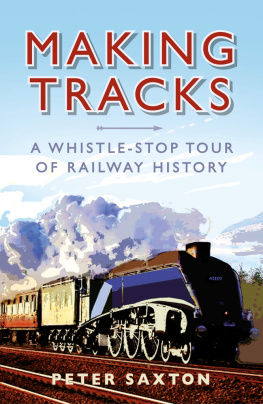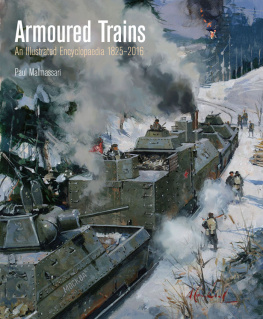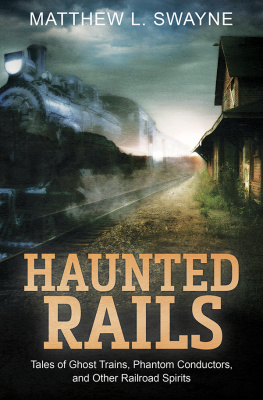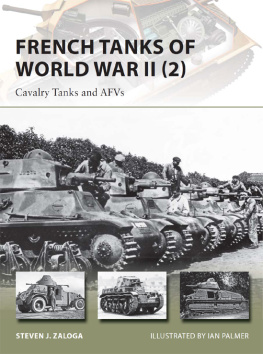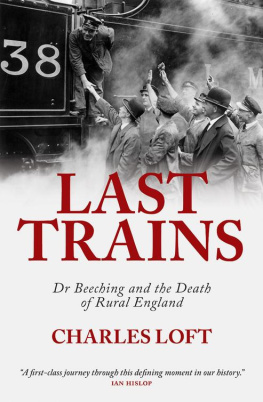
Also by JEAN-DENIS G.G. LEPAGE AND FROM MCFARLAND
Hitlers Armed Forces Auxiliaries: An Illustrated History of the Wehrmachtsgefolge, 19331945 (2015)
An Illustrated Dictionary of the Third Reich (2014)
British Fortifications Through the Reign of Richard III: An Illustrated History (2012)
Vauban and the French Military Under Louis XIV: An Illustrated History of Fortifications and Strategies (2010)
French Fortifications, 17151815: An Illustrated History (2010)
Hitler Youth, 19221945: An Illustrated History (2009)
Aircraft of the Luftwaffe, 19351945: An Illustrated Guide (2009)
The French Foreign Legion: An Illustrated History (2008)
German Military Vehicles of World War II: An Illustrated Guide to Cars, Trucks, Half-Tracks, Motorcycles, Amphibious Vehicles and Others (2007)
The Fortifications of Paris: An Illustrated History (2006; softcover 2010)
Medieval Armies and Weapons in Western Europe: An Illustrated History (2005; softcover 2014)
Castles and Fortified Cities of Medieval Europe: An Illustrated History (2002; softcover 2011)
Military Trains and Railways
An Illustrated History
JEAN-DENIS G.G. LEPAGE

McFarland & Company, Inc., Publishers
Jefferson, North Carolina
LIBRARY OF CONGRESS CATALOGUING DATA ARE AVAILABLE
BRITISH LIBRARY CATALOGUING DATA ARE AVAILABLE
e-ISBN: 978-1-4766-2764-9
2017 Jean-Denis G.G. Lepage. All rights reserved
No part of this book may be reproduced or transmitted in any form or by any means, electronic or mechanical, including photocopying or recording, or by any information storage and retrieval system, without permission in writing from the publisher.
Cover illustrations, clockwise from top left (all by author): German concrete flak car; Russian BP Nr. 77 armored locomotive; Russian Zaamurets rail-cruiser; German Steyr scout car; German Krupp K5 (E) 28 cm railroad gun; British armored train; Austro-Hungarian Motorkanonwagen with 70 mm Skoda cannon; U.S. 14-inch railroad gun.
McFarland & Company, Inc., Publishers
Box 611, Jefferson, North Carolina 28640
www.mcfarlandpub.com
Acknowledgments
The author wishes to express his gratitude for the friendly support provided by Jeannette A. Stuling, Eltjo de Lang, Ben Mercato, and Jan Stuling, and to Edwin A. Pratt, Keith J.K. Davies, David Bishop, Christian Wolmar, and Steven J. Zaloga for their useful and instructive work.
Preface
This book tells of the adventures, achievements and failures, triumphs and tragedies that constitute the dramatic history of railways in war from the 1830s until the Cold War. The book is set up chronologically, starting with the earliest records of military railways and encompassing and discussing the major conflicts in both the 19th and 20th centuries in which railways were involved.
Military trains remain one of the less-explored subjects of vehicle history, and their use at war is especially neglected. While books on tanks and armored vehicles are countless, works on military trains in English are rather few and generally cover only one facet of the subject, for example, the transport trains of a particular nation in a specific war (e.g., the U.S. Civil War), or the popular armored trains, and more specifically the post1917 Russian Civil War trains, or World War II German Panzer trains. Many authors focus on narrow aspects and specific details of the story that are geared toward train enthusiasts rather than general readers. This books principal contribution is that all aspects of military trains are described, including: transport and logistics; rail-borne artillery; armored trains; and draisines. It covers such well-known topics as the American Civil War (186165), the Boer wars (18801902), and both world wars of the 20th century (191418 and 193945), but also lesser-known conflicts such as the Austro-Prussian War (1866), the Franco-Prussian War (187071), the Russo-Turkish War (187778), the Finnish Civil War (1918), the Spanish Civil War (19361939), and the French Indochina War (19461954). The cause, the key battles and the outcome of each war are outlined as well. Attention is also given to the role of railways in colonial wars in Africa and Asia, as well as to rolling stock, materials and equipment, uniforms, and weapons.
It is intended that this volume should appeal to rail fans, train modelers and historians, military historians, and anyone interested in military history and warfare in general.
Introduction
Within a few decades after its appearance the railroad became the most importance means of long-distance transportation. The railroad brought life to even the remotest small village, just as the automobile did after World War II. The development of the railroad necessitated extraordinary economic efforts and enormous investment in capital. Its construction moved tens of thousands of workers and, once built, its maintenance, management and operation created numerous jobs. Because of the railroad, the production and consumption of coal, steel, and iron skyrocketed. The development and industrial employment of the Bessemer converter and the improvements made on puddling furnaces in the 1860s and 1870s by Siemens and Martin enabled increased steel production. At the International Exhibition of 1867 held in Paris, bridges, ships, lighthouses and many other architectural elements made of steel were displayed.
After the Napoleonic wars ended in 1815, the early part of the 19th century saw a period of peace in Europe with prodigious industrial and commercial expansion. By the middle of the 19th century, however, tensions were increasing, and an intense rivalry gradually developed again between European powers, partly as a result of nationalism, partly as a result of the revolutionary change from sail to steam in the navies, and partly because of colonial expansion. On land the development of yet more powerful weaponry and the introduction of the railroad brought other significant changes. The construction of the first railway lines was stimulated by peaceful purposesthe carriage of freight and passengersbut it was not long before some military officers realized the potential for moving troops and supplies. However, the steam railroad was not invented for military use, and at first its impact on warfare could only be guessed. Military use followed the development of the railroad itself. When their use was fully understood, transport, communications and logistics were completely transformed by the steamship, the telegraph and the railroad. Construction programs were largely intended for civilian passengers and transport of freight, but soon at the back of many governments minds was the consideration that the railroad could also be used for war. As soon as the new technology evolved in the second part of the 19th century, military use was adopted.
The railroad made it possible to carry out administrative work in areas ten times as large as any that had hitherto been workable under one administration. In military terms, the railroad revolutionized strategic geography, increased the pace and power of tactical maneuver, made armies more massive and more mobile, and stimulated a whole new science: logistics. The principal features of strategytime and spacewere fundamentally altered. For the first time, an army could put its whole strength against the enemy. The debilitating long marches of the past, which so often had wasted an armys strength before it even went into battle, were largely reduced. Once the track was laid, there existed a method of transport that would not become bogged down in the mud, however heavy its load. Speedy mobilization and great concentration of force along frontiers, even in advance of war, were now possible. In the 18th century it was generally admitted that armies in excess of 80,000 men could not be properly supplied in the field. This limit was transcended by the French armies of the Revolution and Napoleonic era (17901814). The collapse and doom that overtook Napoleons Grande Arme (600,000 strong) in the Russian campaign of 1812 was mainly caused by problems of communication and lack of supplies. With the introduction of the railroad, these limits were broader, mass armies were rendered possible and practical, and this further increased the move towards the concept of a nation-in-arms based on the total mobilization of a countrys resources in war involving all sections of society. For a time it almost seemed that a war could be won by advance planning, or decided by the first few battles. Nations with the greatest industrial resources, particularly in railroad, seemed to have a great advantage over their neighbors.
Next page
